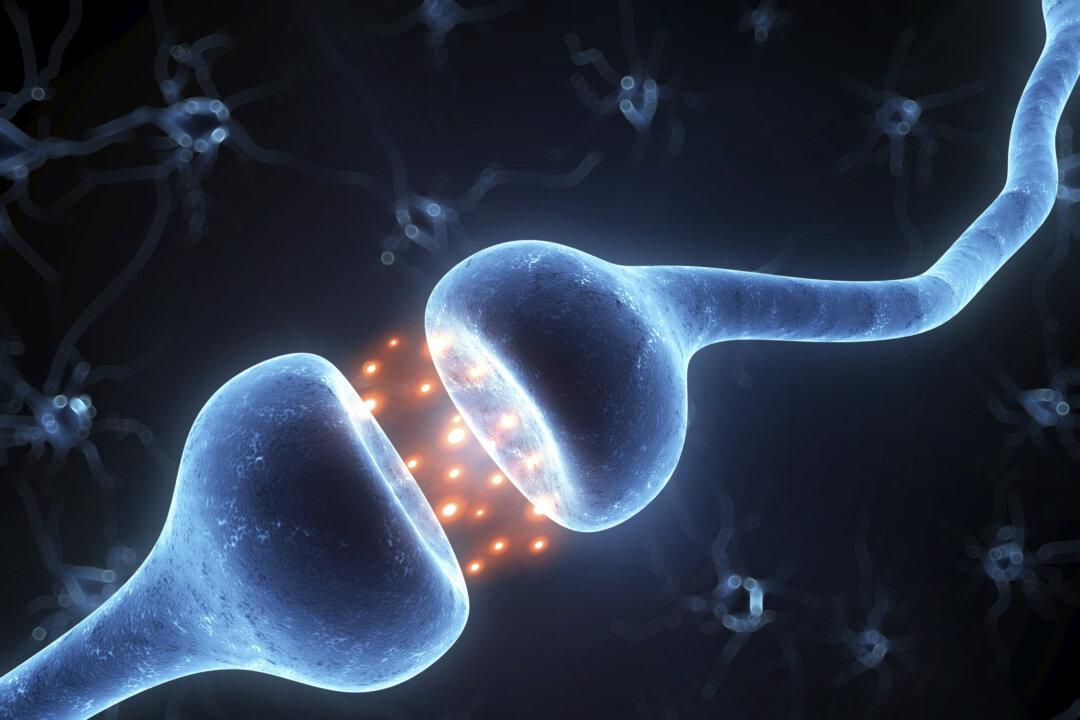Researchers have discovered a compound that could outmaneuver resistance to an antibiotic long used as a crucial last option.
In animal experiments, this prospective antibiotic was highly potent against dangerous opportunistic pathogens like Acinetobacter baumannii, the most common cause of infections in health care settings.


